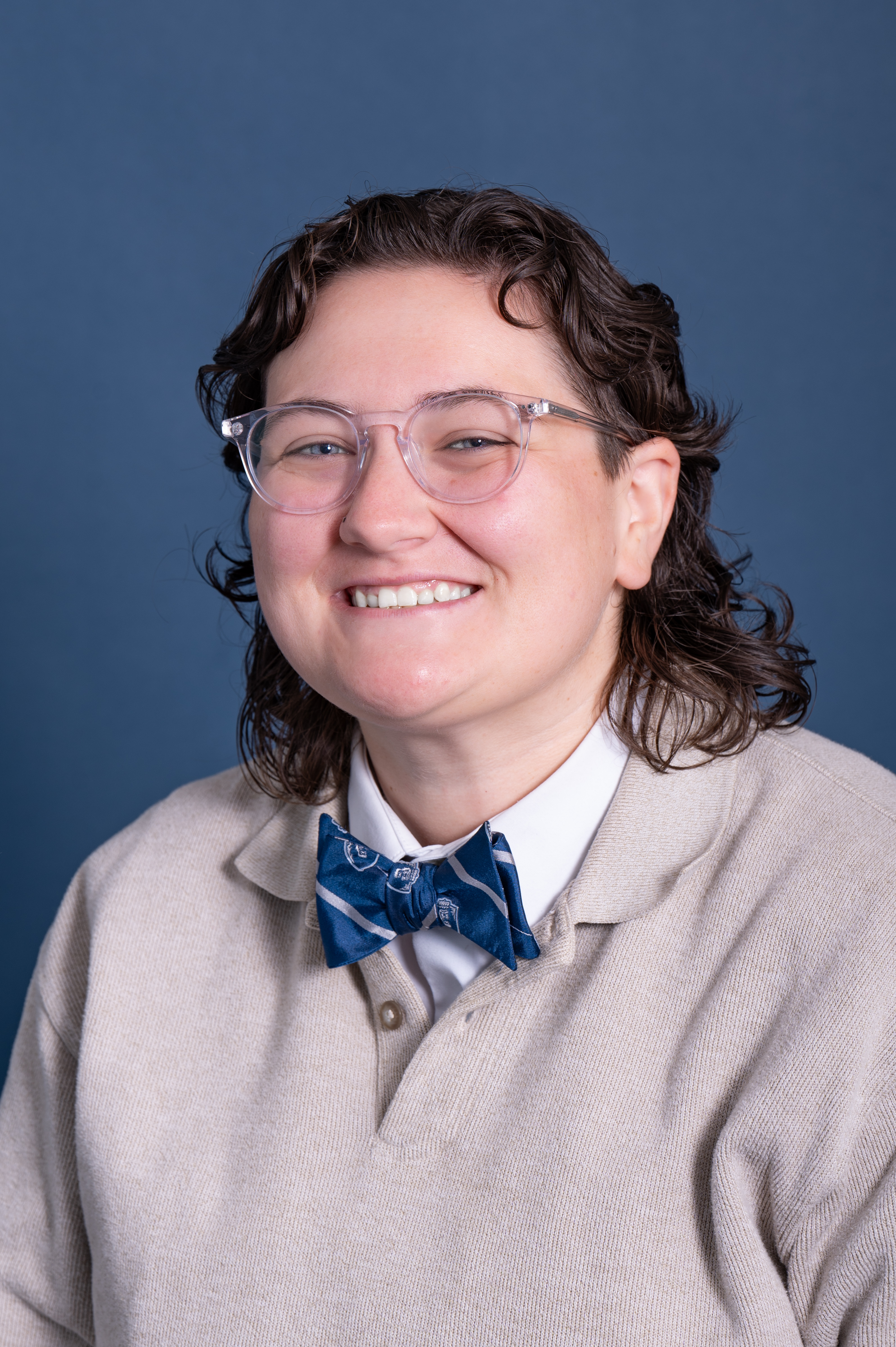SP01-PS10: Allied Dental Students' Perceived Knowledge, Confidence, and Attitudes of Disaster Victim Identification Topics
Thursday, July 25, 2024
5:00 PM - 7:00 PM CST
Earn: 0.0

Sam C. Vest, MS, BSDH, RDH
Old Dominion University
Norfolk, Virginia
Poster Presenter(s)
PROBLEM STATEMENT: Disaster victim identification (DVI) requires knowledge, confidence, and attitudes (KCA) of readiness.
PURPOSE: The purpose of this study was to assess allied dental students’ perceived KCA regarding DVI skills and topics.
METHODS: A convenience sample (N=48) of senior dental hygiene students (n=27) and senior dental assistant students (n=14) were recruited by email and presented with mismatched simulated antemortem (AM) and postmortem (PM) bitewing radiographs to indicate correct matches. Participants made 205 radiographic matches and indicated 205 degrees of certainty binarily as “positive” or “possible” (one per match). Participants also completed a researcher designed pretest/posttest electronic survey with seven 3-point Likert-scale items with answer options of “slightly”, “moderately”, or “extremely” regarding self-perceived DVI knowledge and skills. Statistical analyses were conducted with R software using an α =0.05 significance level.
RESULTS: A total of n=41 students participated; yielding a response rate of 85.4%. A one-sided greater than linear trend test revealed statistically significant increases of perceived confidence in knowledge from pretest to posttest regarding forensic odontologists’ role in DVI (p-value < 0.0001), DVI applications for mass fatality incidents (MFI) (p-value < 0.0001), role of dental radiology in DVI (p-value < 0.0001), and dental morphology applications for DVI (p-value < 0.0001). Participants indicated moderate or extreme confidence in clinical skillsets to assist forensic odontologists with DVI. A one-sided Fisher’s exact test revealed a statistically significant (p-value < 0.0001) positive association between expressed degree of certainty (confidence) and correct radiographic matches. A linear trend test revealed statistically significant (p-value < 0.0001) improvements in attitude regarding participants’ perceived importance for their respective professions to volunteer in DVI.
CONCLUSIONS: Participants reported significant improvements of self-perceived KCA regarding DVI skills and topics. These findings indicate that simulated records comparison DVI work may encourage allied dental professionals to pursue further educational and service opportunities when support is needed for DVI.
IRB exempt approval (#1693121-4)
All abstract authors:
Samantha Vest, MSDH, RDH
Brenda Bradshaw, MSDH, RDH
Marsha Voelker, MS, RDH, CDA
Ann Bruhn, MSDH, RDH
Tara Newcomb, MSDH, RDH
Sinjini Sikdar, PhD
PURPOSE: The purpose of this study was to assess allied dental students’ perceived KCA regarding DVI skills and topics.
METHODS: A convenience sample (N=48) of senior dental hygiene students (n=27) and senior dental assistant students (n=14) were recruited by email and presented with mismatched simulated antemortem (AM) and postmortem (PM) bitewing radiographs to indicate correct matches. Participants made 205 radiographic matches and indicated 205 degrees of certainty binarily as “positive” or “possible” (one per match). Participants also completed a researcher designed pretest/posttest electronic survey with seven 3-point Likert-scale items with answer options of “slightly”, “moderately”, or “extremely” regarding self-perceived DVI knowledge and skills. Statistical analyses were conducted with R software using an α =0.05 significance level.
RESULTS: A total of n=41 students participated; yielding a response rate of 85.4%. A one-sided greater than linear trend test revealed statistically significant increases of perceived confidence in knowledge from pretest to posttest regarding forensic odontologists’ role in DVI (p-value < 0.0001), DVI applications for mass fatality incidents (MFI) (p-value < 0.0001), role of dental radiology in DVI (p-value < 0.0001), and dental morphology applications for DVI (p-value < 0.0001). Participants indicated moderate or extreme confidence in clinical skillsets to assist forensic odontologists with DVI. A one-sided Fisher’s exact test revealed a statistically significant (p-value < 0.0001) positive association between expressed degree of certainty (confidence) and correct radiographic matches. A linear trend test revealed statistically significant (p-value < 0.0001) improvements in attitude regarding participants’ perceived importance for their respective professions to volunteer in DVI.
CONCLUSIONS: Participants reported significant improvements of self-perceived KCA regarding DVI skills and topics. These findings indicate that simulated records comparison DVI work may encourage allied dental professionals to pursue further educational and service opportunities when support is needed for DVI.
IRB exempt approval (#1693121-4)
All abstract authors:
Samantha Vest, MSDH, RDH
Brenda Bradshaw, MSDH, RDH
Marsha Voelker, MS, RDH, CDA
Ann Bruhn, MSDH, RDH
Tara Newcomb, MSDH, RDH
Sinjini Sikdar, PhD

.png)